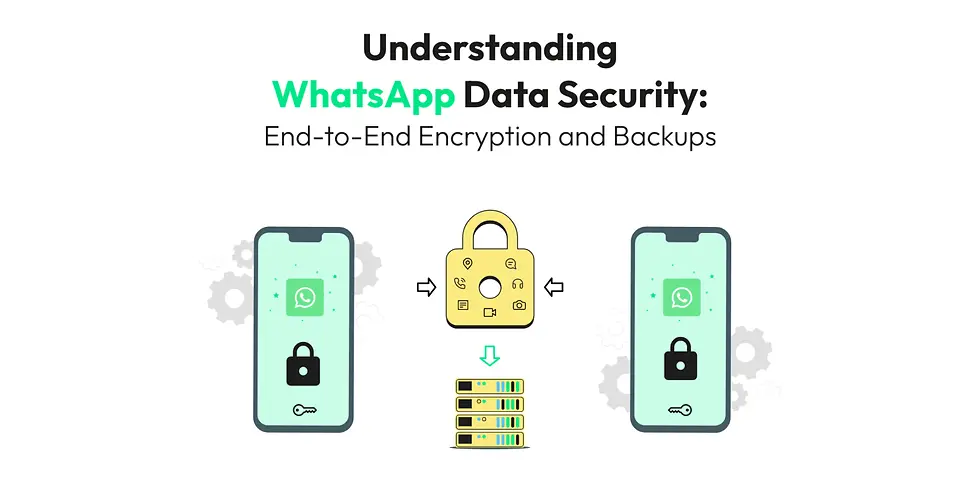How Digital Forensics Experts Can Access Your Encrypted WhatsApp Messages
- wahidium
- Oct 1, 2024
- 2 min read
Updated: Aug 22, 2025

In today's digital landscape, messaging apps like WhatsApp have become synonymous with private communication, largely due to their promise of end-to-end encryption. This technology claims to protect your conversations from unwanted eyes, ensuring that only the sender and recipient can read the messages. However, the reality is more nuanced, revealing vulnerabilities that can leave users questioning the integrity of their privacy.
How End-to-End Encryption Works
End-to-end encryption (E2EE) operates by scrambling your messages into a complex code that can only be deciphered by the intended recipient’s device. This means that even if a hacker intercepts your message during transmission, they will be met with an unreadable jumble. But this security measure primarily safeguards your communications in transit; once the message reaches its destination, the dynamics shift dramatically.
The Vulnerability After Delivery

Upon arrival, the encrypted message is stored on the recipient's device and automatically decrypted for viewing. This process opens the door for digital forensics experts. If they gain physical access to the smartphone, they can extract the local database where these messages are stored, including the encryption keys necessary for decryption. In essence, if someone can access your device, they can potentially access your messages.
Physical Access Equals Vulnerability
The reality is stark: physical access to a smartphone can compromise even the most robust encryption. Whether through theft, legal compulsion, or technical know-how, if someone can get their hands on your device, they may have the tools needed to view your WhatsApp messages, regardless of the encryption in place.
Device Locks Aren’t a Silver Bullet
Many users believe that locking their devices provides adequate security. While this is a good practice, it is not foolproof. Sophisticated forensic technology can sometimes bypass device locks, rendering them ineffective against determined attempts to access your information. Thus, the belief that a simple password can keep your messages safe can be dangerously misleading.
Beyond Encryption: Understanding Your Privacy
The crux of the matter is that while end-to-end encryption serves as a strong deterrent against unauthorized interception, it does not ensure total privacy once messages are received. Users must be acutely aware of their device's overall security and recognize that encryption is just one layer in a multifaceted approach to protecting their data.
Conclusion: Navigating the Illusion of Privacy
Ultimately, the effectiveness of end-to-end encryption on platforms like WhatsApp should not lull users into a false sense of security. Understanding the limitations of this technology is crucial in an era where digital privacy is constantly challenged. By taking proactive steps to secure their devices and remaining informed about potential vulnerabilities, users can better navigate the complex landscape of digital communication and maintain greater control over their private conversations.



